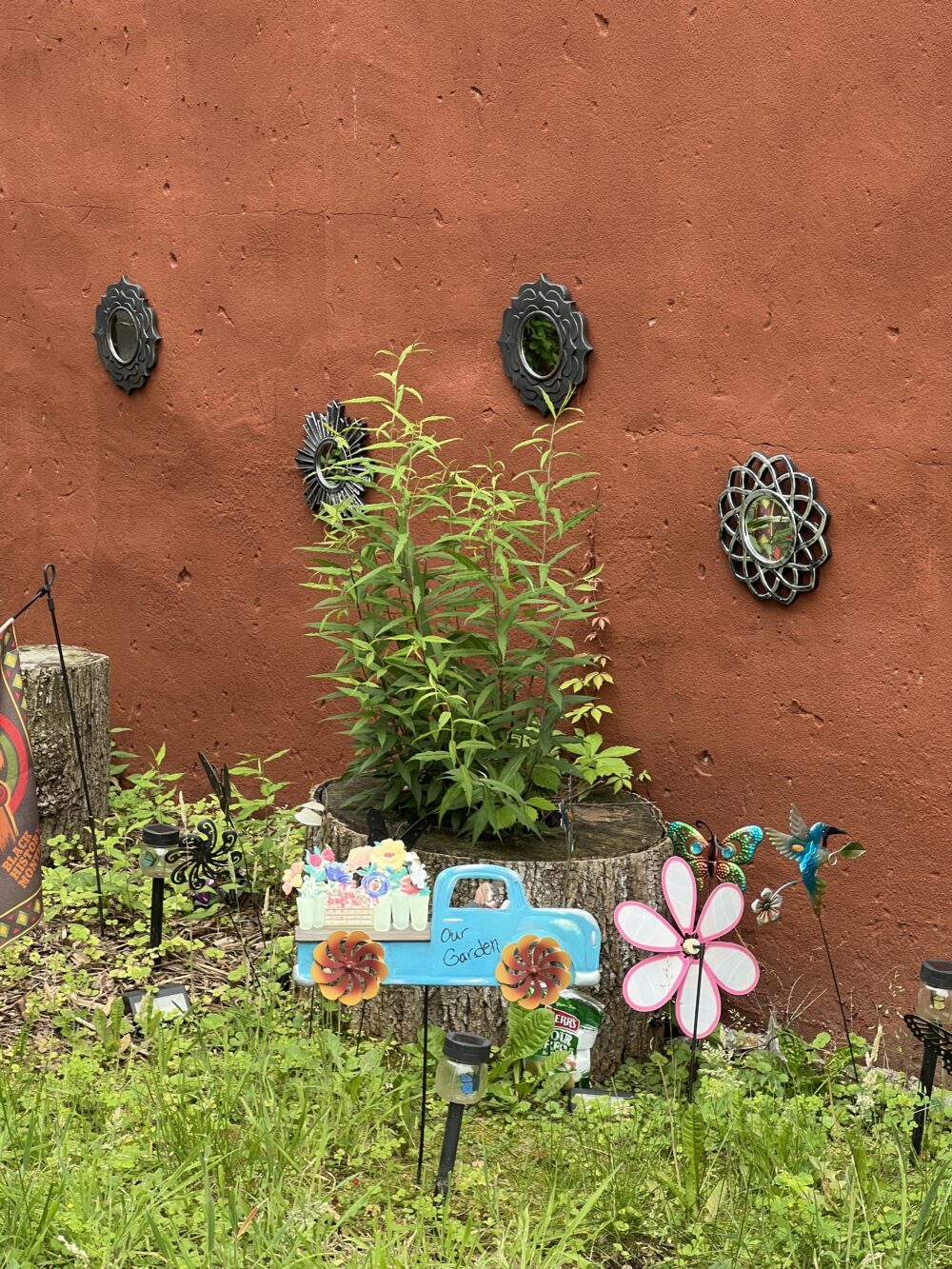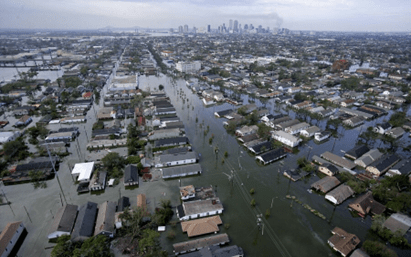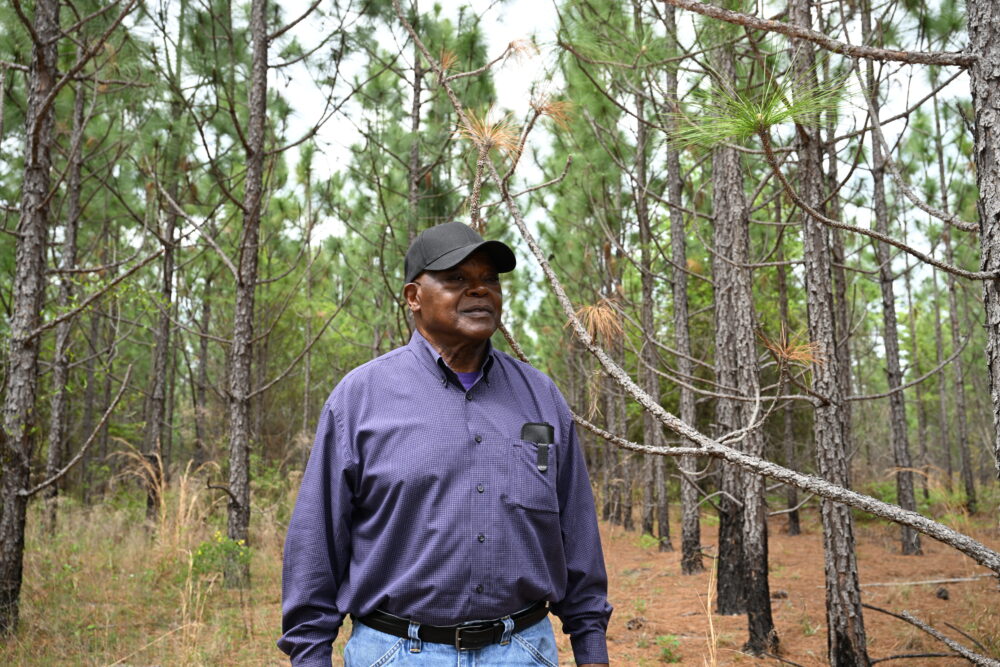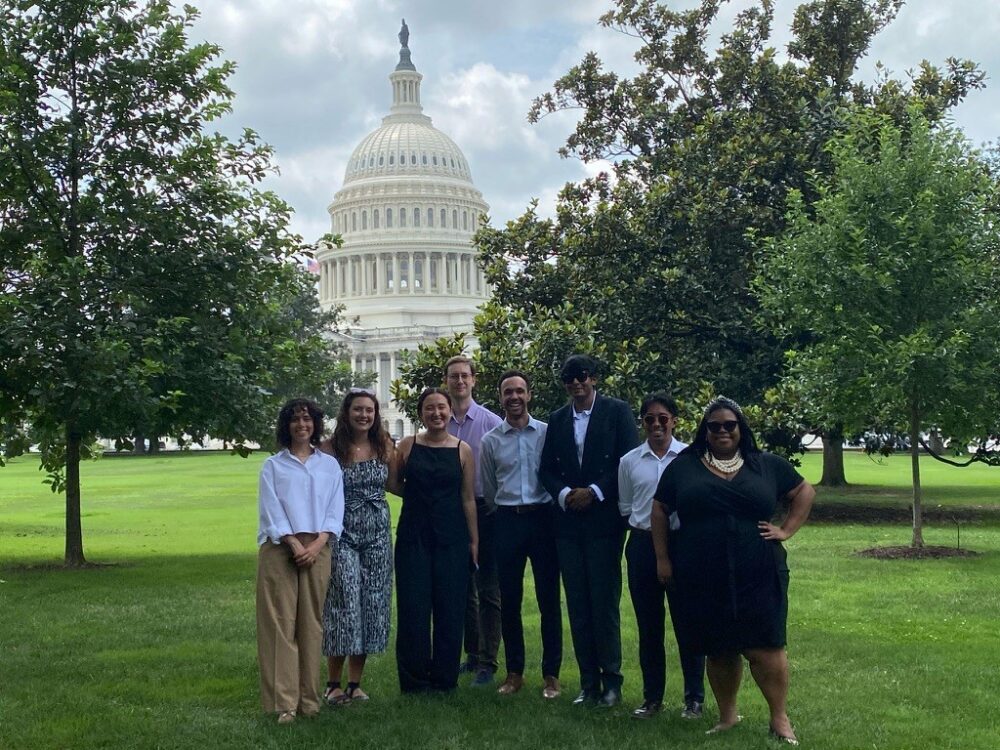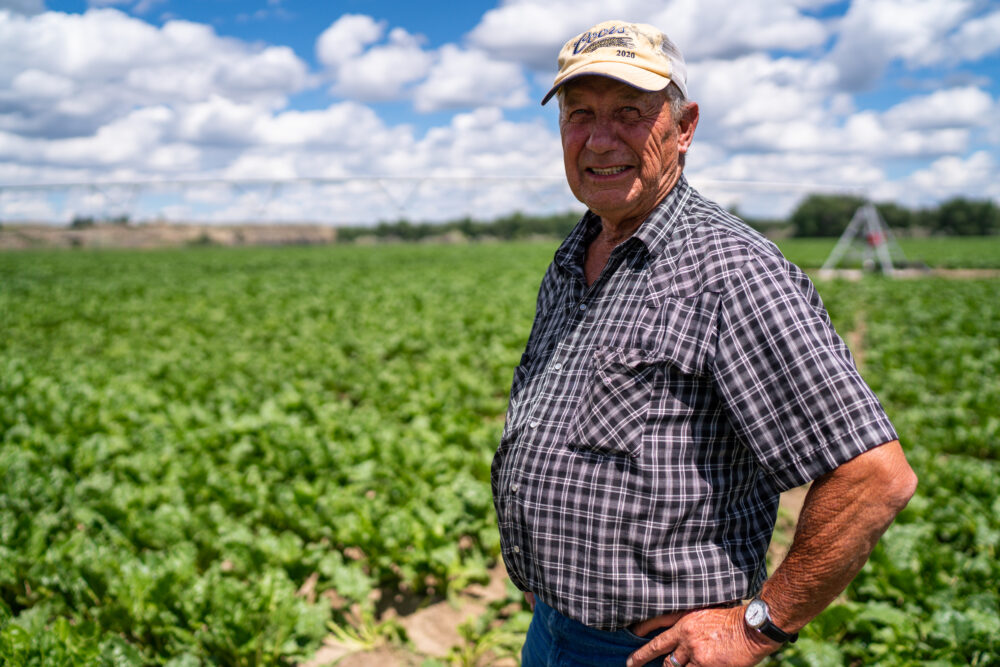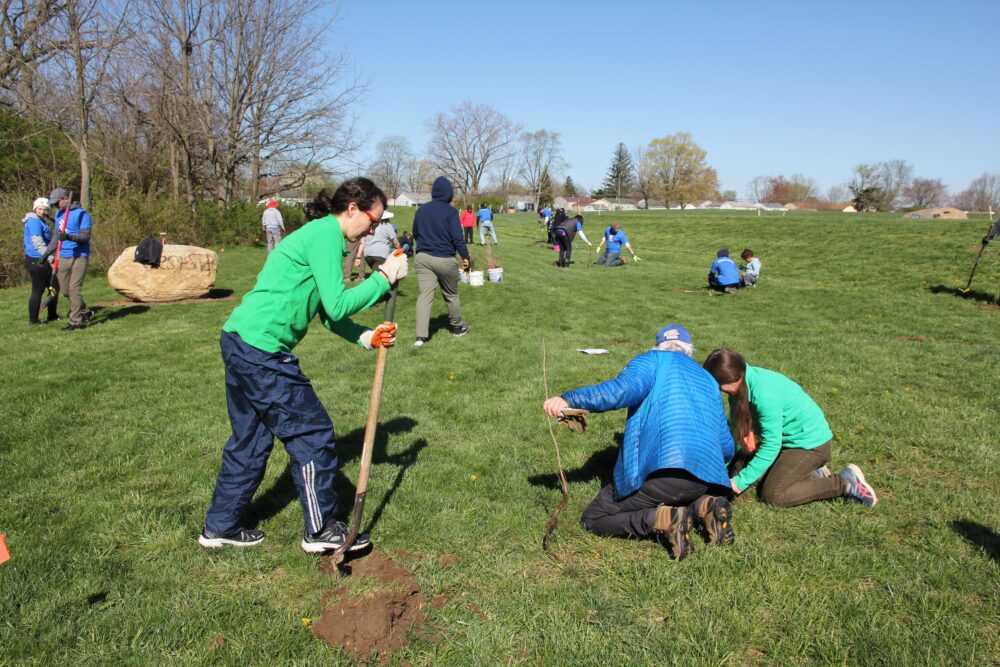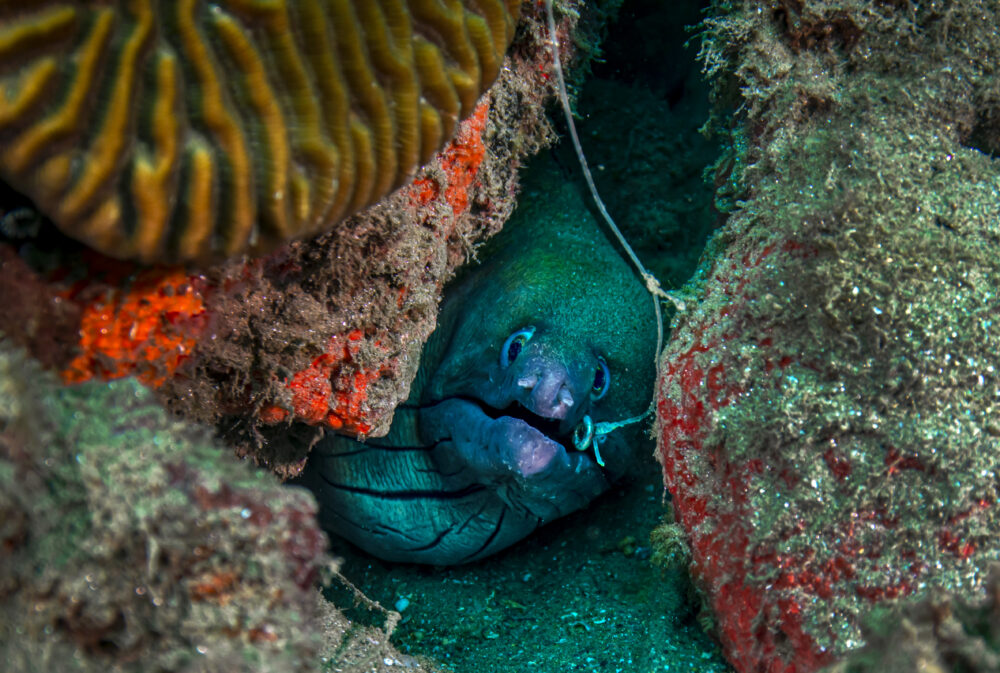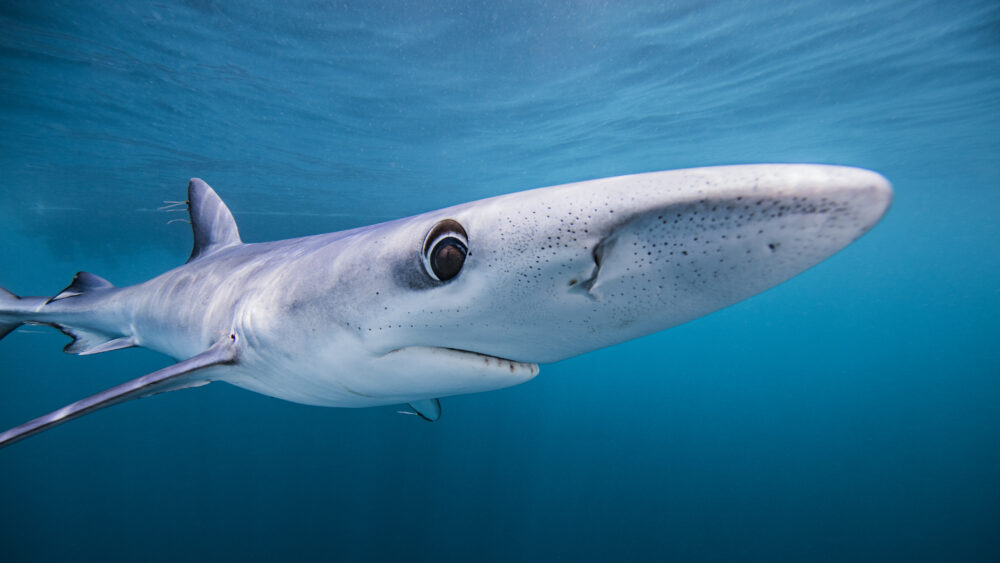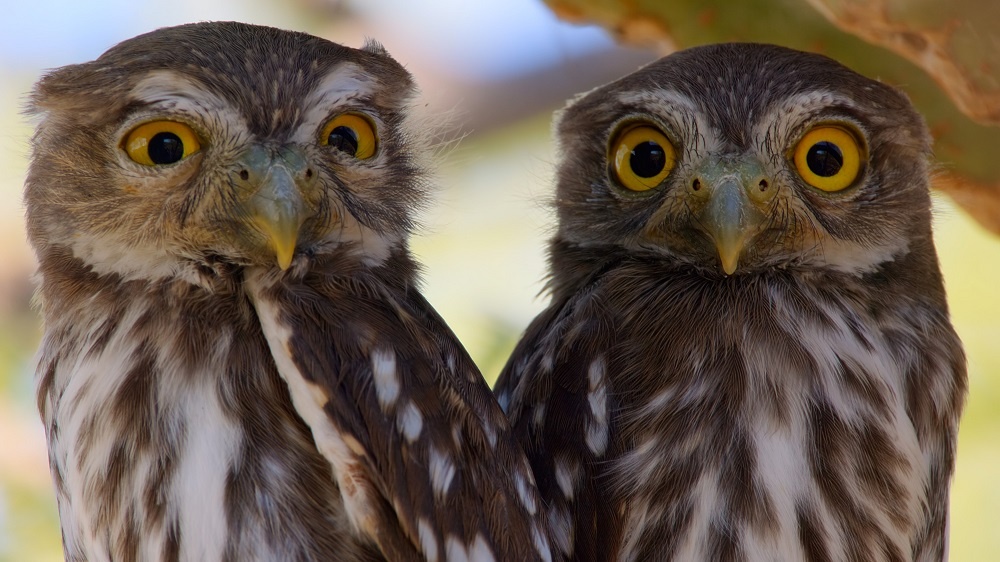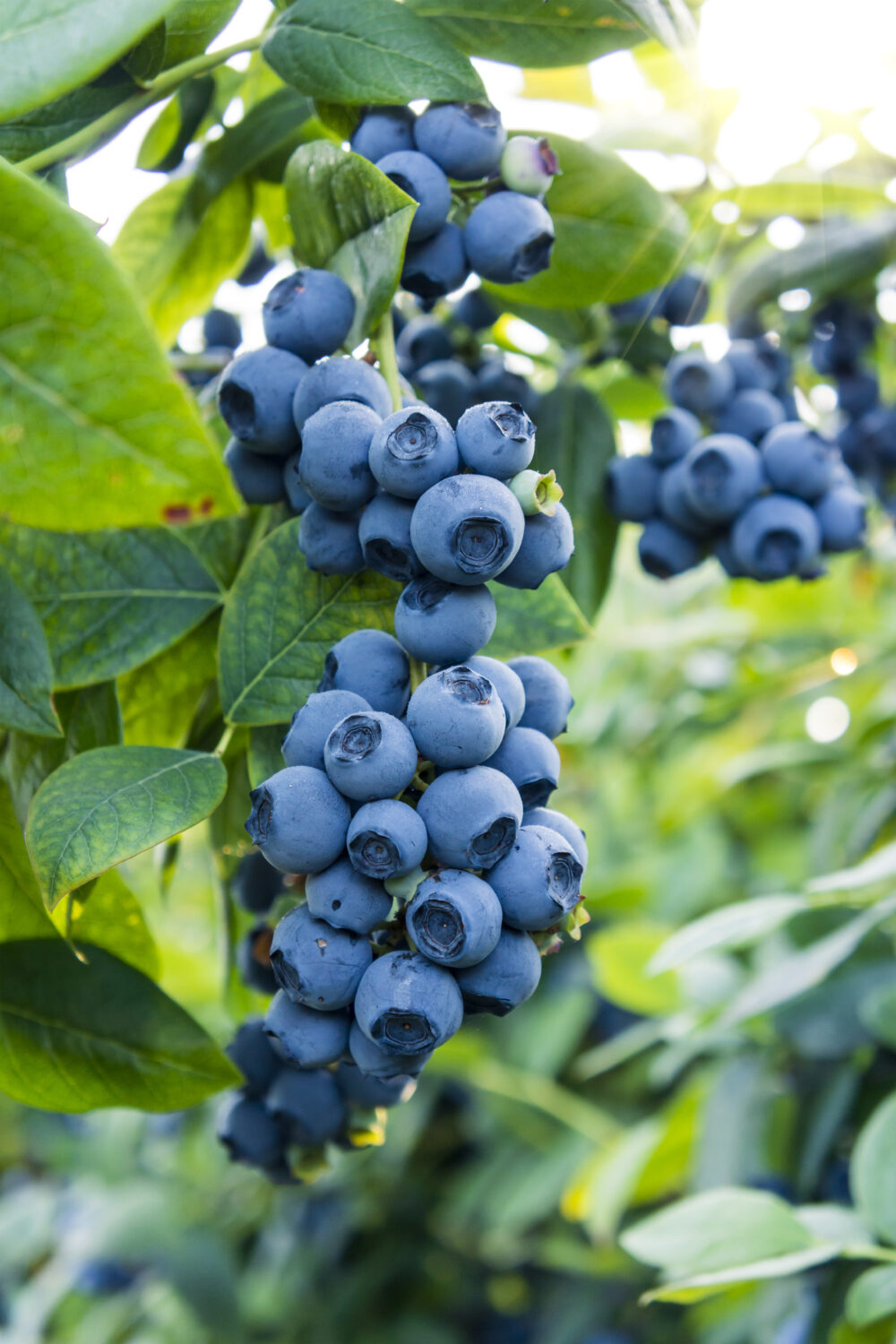We have much more to do and your continued support is needed now more than ever.
Tips for Winter Bird Feeding
As temperatures drop across much of the country, it’s time to put more thought into what your backyard birds are eating. Providing high-quality food during winter not only entices more birds to visit your yard, it also may help them survive the season.
“Bad weather like blizzards and ice storms can make it hard to find food, and cold can take its toll,” says Sally Roth, author of The Backyard Bird Feeder’s Bible. “A well-fed bird is a warmer bird, better able to withstand winter rigors.” Roth recommends providing “a big spread of visible food and a variety to suit all appetites”—including seeds, cracked corn, nuts and suet—to bring in the first visitors. “After birds find your feeders, their presence and activity will attract others,” she says.
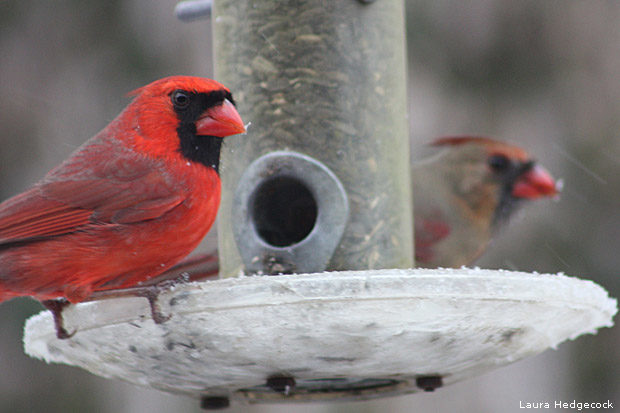
Even in cold weather, you should clean feeders regularly to prevent the buildup of bacteria that can cause disease. “Dirty bird feeders, especially during a warm spell when the snow melts, are breeding grounds for disease and could wipe out a whole flock of pine siskins,” Stiteler says. “It’s very important to keep a feeding station clean and to remove old seed that has been getting wet on the ground.” If possible, rotate feeders so dirty ones can be brought inside for cleaning without reducing available food. Make cleaning and refilling feeders more convenient by keeping a path to them clear, even after heavy snowstorms, or relocate your feeding station to a sheltered deck or patio that won’t be used in winter.
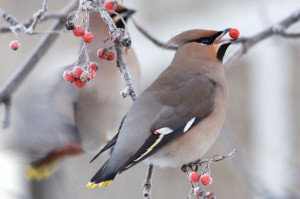
Make sure to leave berries and other fruit on your native trees and bushes. Birds ranging from robins, cardinals, juncos, waxwings and mockingbirds to wild turkey and grouse will feast on these fruits throughout the cold months. And if you’ve been smart enough to leave your fallen leaves on the ground since autumn, the decaying leaf litter will provide a feast of insects, seeds, nuts and other treats for your backyard birds.
![]() Help backyard birds and other native wildlife all year long by becoming a wildlife gardener!
Help backyard birds and other native wildlife all year long by becoming a wildlife gardener!
Sources: “Make Winter Your Top Birding Season,” National Wildlife, December/January 2014; “Setting a Winter Table for Wildlife,” National Wildlife, December/January 2012; “For the Birds: Which Seeds Are Best?” National Wildlife, October/November 2009.




